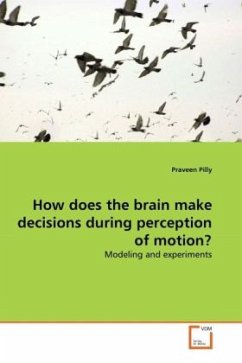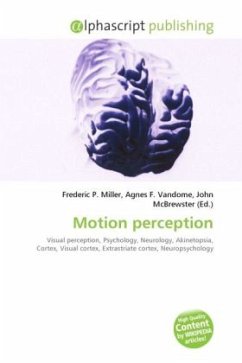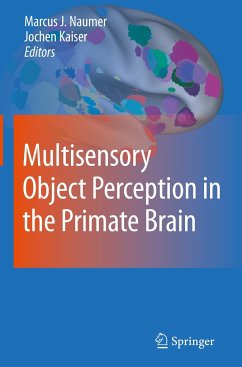
How does the brain make decisions during perception of motion?
Modeling and experiments
Versandkostenfrei!
Versandfertig in 6-10 Tagen
39,99 €
inkl. MwSt.

PAYBACK Punkte
20 °P sammeln!
One of the major goals of cognitive neuroscience is to understand the brain's ability to carry out context-appropriate perceptually-based decisions in response to probabilistic situations that may influence animal and human survival. For example, how does the brain decide the direction of a moving object especially when it is embedded in clutter? This visual competency is crucial in the real world to track moving objects so that contact with them can be either avoided or planned. The book investigates this fundamental issue by detailing modeling work that simulates and explains neurophysiologi...
One of the major goals of cognitive neuroscience is to understand the brain's ability to carry out context-appropriate perceptually-based decisions in response to probabilistic situations that may influence animal and human survival. For example, how does the brain decide the direction of a moving object especially when it is embedded in clutter? This visual competency is crucial in the real world to track moving objects so that contact with them can be either avoided or planned. The book investigates this fundamental issue by detailing modeling work that simulates and explains neurophysiological and behavioral data regarding how the speed and accuracy of direction discrimination vary with the ambiguity inherent in the motion stimulus, and by elaborating two psychophysical studies that probe the mechanisms involved in direction estimation that are articulated by the model.












